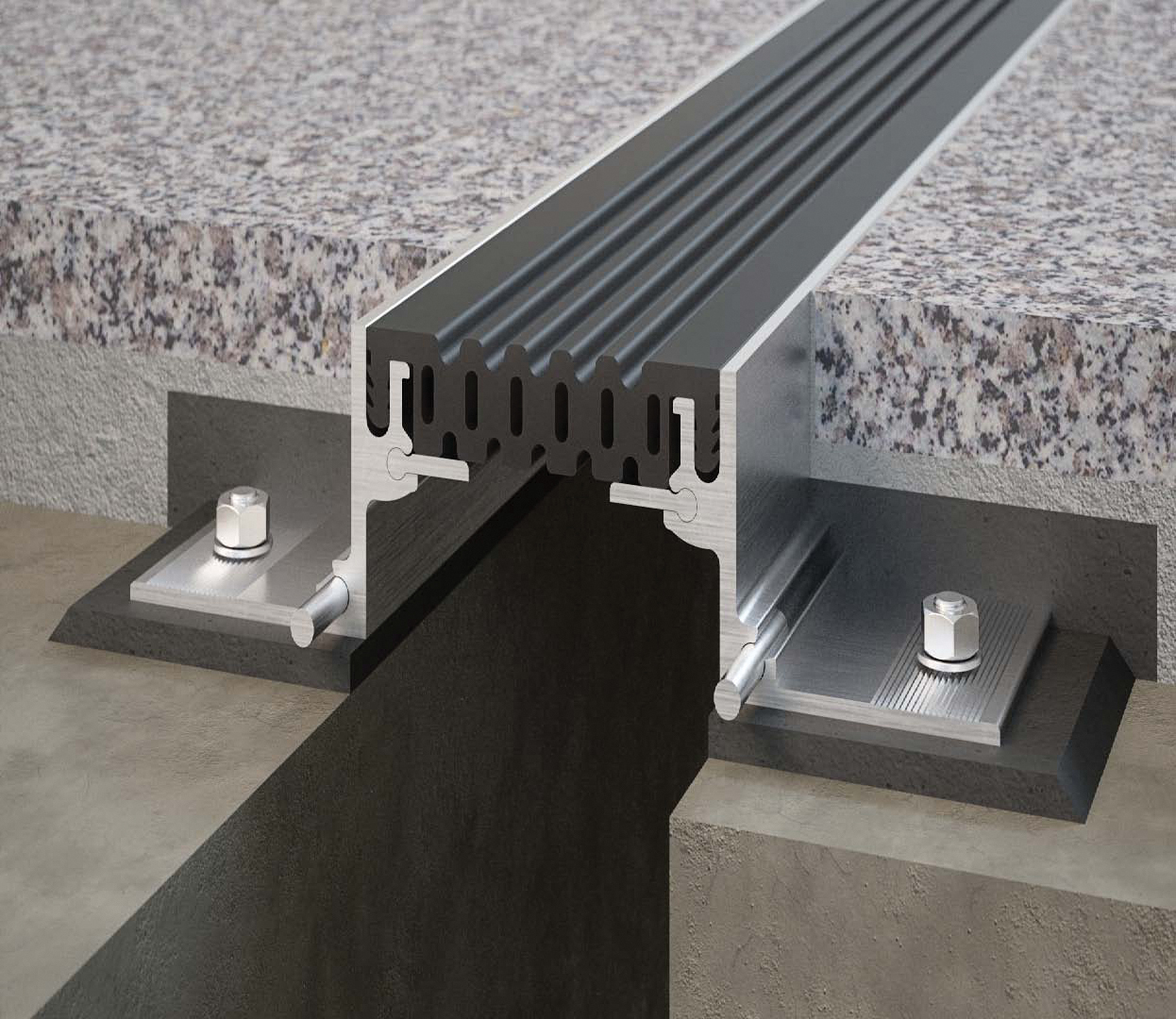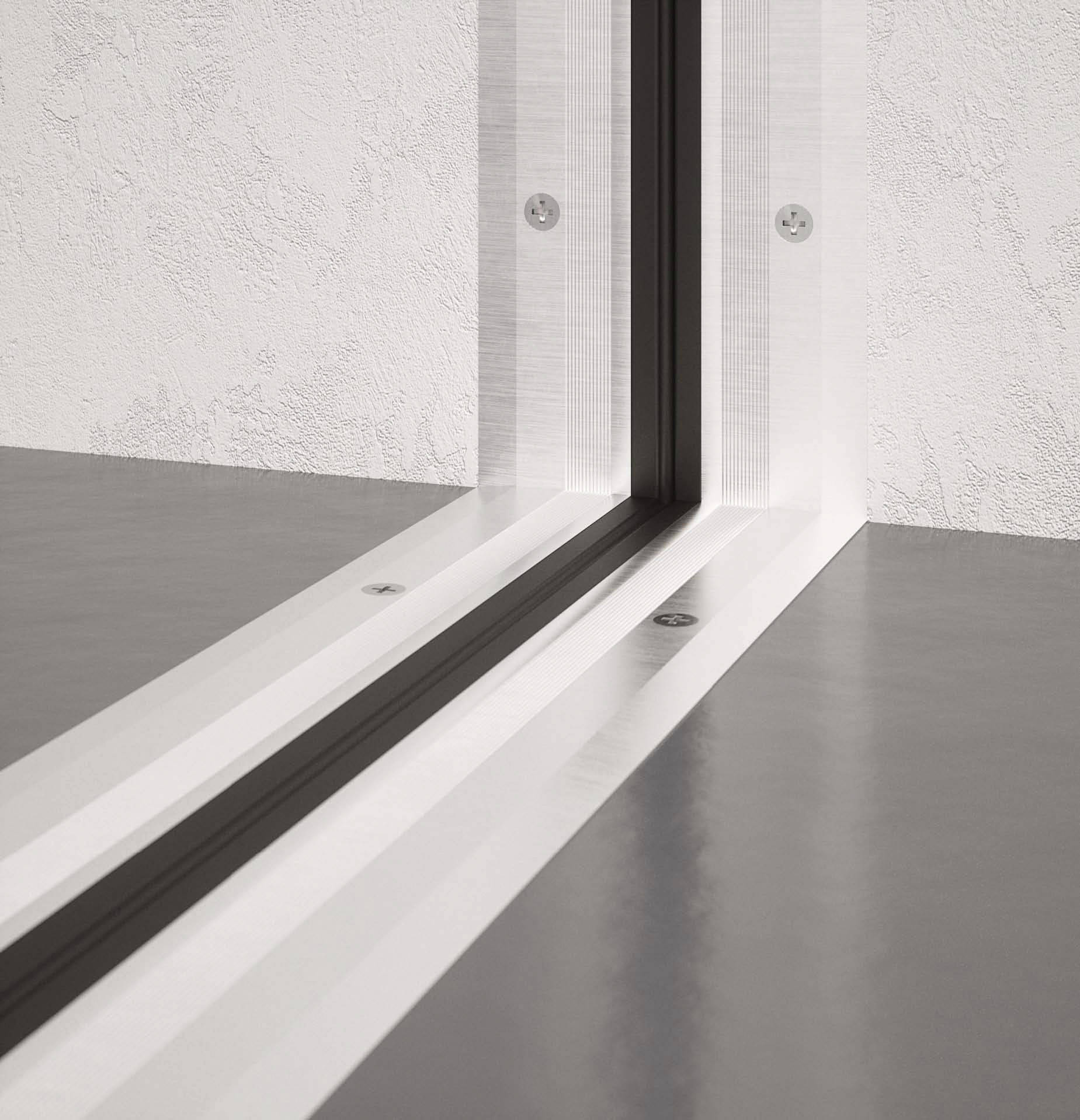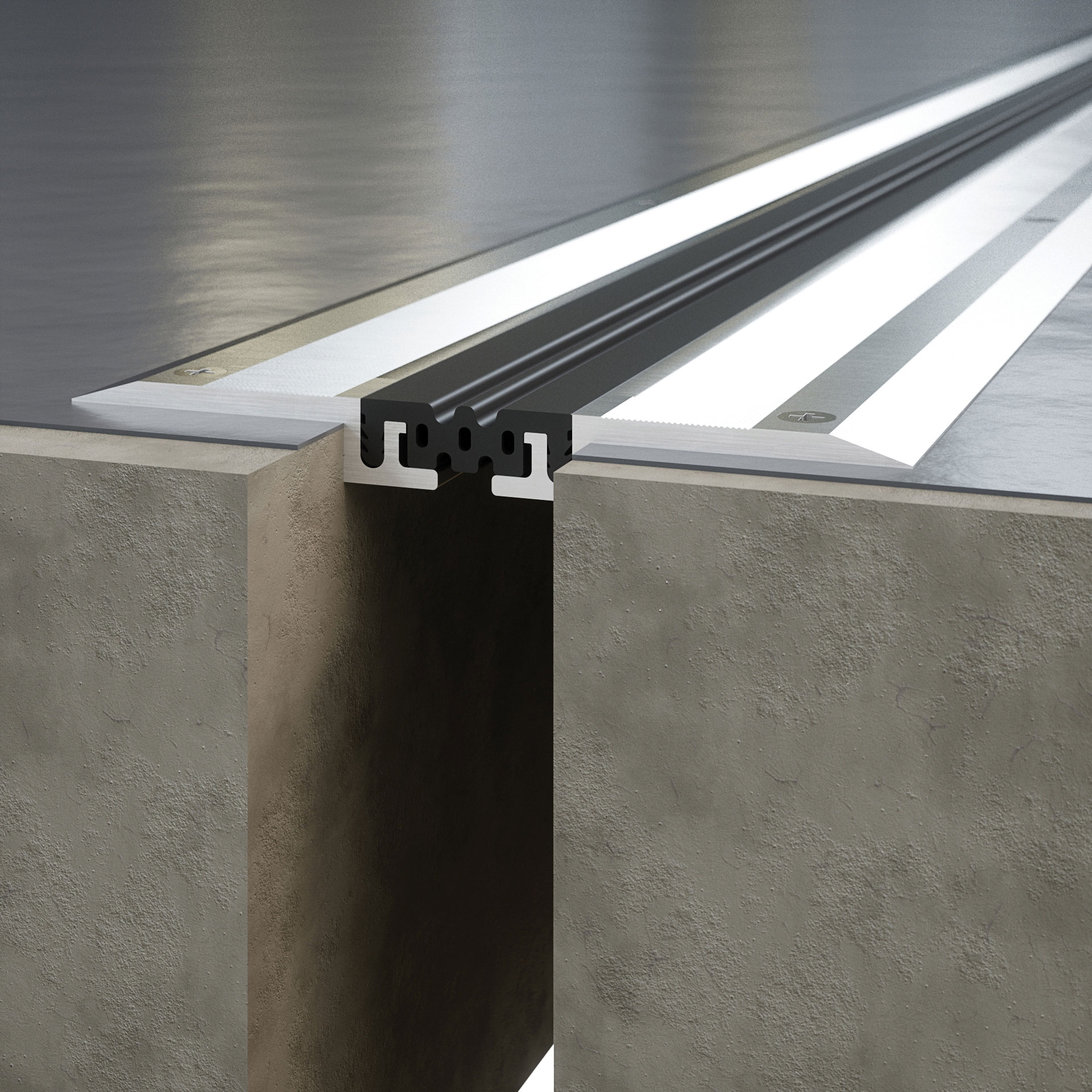Architectural Expansion Joints
Nexus Expansion Joint Solutions offer comprehensive ranges of durable Expansion Joint Solutions for a wide array of applications including commercial centers, shopping malls, railway stations, airports, bridges, schools, hospitals, and several other areas of application.


Our range of Expansion Joint Solutions are designed to safely absorb the heat-induced expansion and contraction of concrete slabs, to absorb vibration, and to allow movement due to ground settlement or earthquakes.
Our variety of expansion joints includes profiles for walls and floor, for pedestrian as well as heavy loads traffic, for seismic movements, and several other uses. Nexus Expansion Joint Solutions include aluminum profiles, rubber profiles, and a combination of aluminum profiles with rubber inserts.
Nexus Expansion Joint Solutions are designed to conceal areas of structural movement. Concrete Slabs are designed to move due of pressures from long-term shrinkage, thermal expansion, contraction of the structure and seismic activity.
Our floor expansion joint systems are suitable for applications with joint openings of several width, and up to 400 mm. Our Expansion Joint Solutions require minimum maintenance works throughout the year.


Selection Criteria for Expansion Joint Solutions Movement:
When designing the building, there are three main types of movement to consider:
- - Thermal
- Changes in temperature cause buildings to expand and contract which can leave broken flooring components resulting in damage to the building structure and design.
- - Seismic
- Earthquakes and seismic events cause movement and swaying for the architectural structure. Larger joint widths are suitable for buildings that are located in seismic zones.
- - Wind Sway
- Tall buildings and structures with a large surface area are affected by wind sway that pushes against the building and causes tilt or swaying motions. Expansion Joints plays a vital role in safeguarding these buildings by permitting the structure to absorb these movements.
Architectural and Finishing Solutions
- Mechanical Cladding Fixation (Stangle)
- Waste Management (Garbage & Linen Chutes)
- Drywall & Ceiling Profiles
- Metal Ceiling Grid System
- Architectural Expansion Joints
- Tile Movement Joints
- Wall Profiles
- Stair Nosing
- Entrance Matting System
- Phenolic Partition Systems
- Raised Access Floor System
- Pedestal & Grid Raised Floor
- Handrails
- Impact Protection Systems
- Metal Ceilings
- Acoustical & Decorative Ceilings
- Metal Doors
- Gyproc Systems & Solutions
- Partition Systems
- G-Board Systems
- Gypsum Boards & Accessories
- Cement Boards & Accessories
- Insulation Systems
- Heavy Impact Protection Systems
